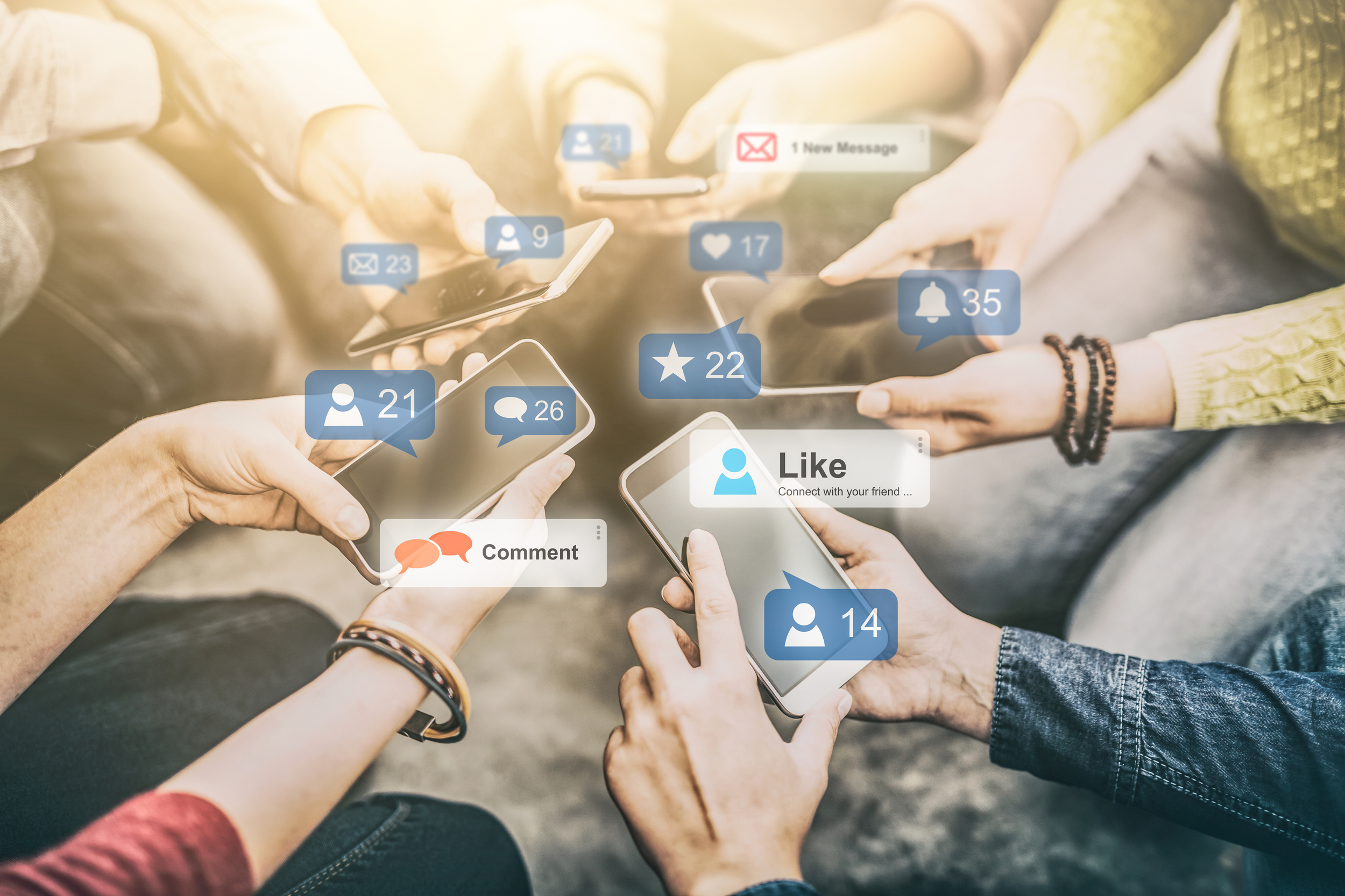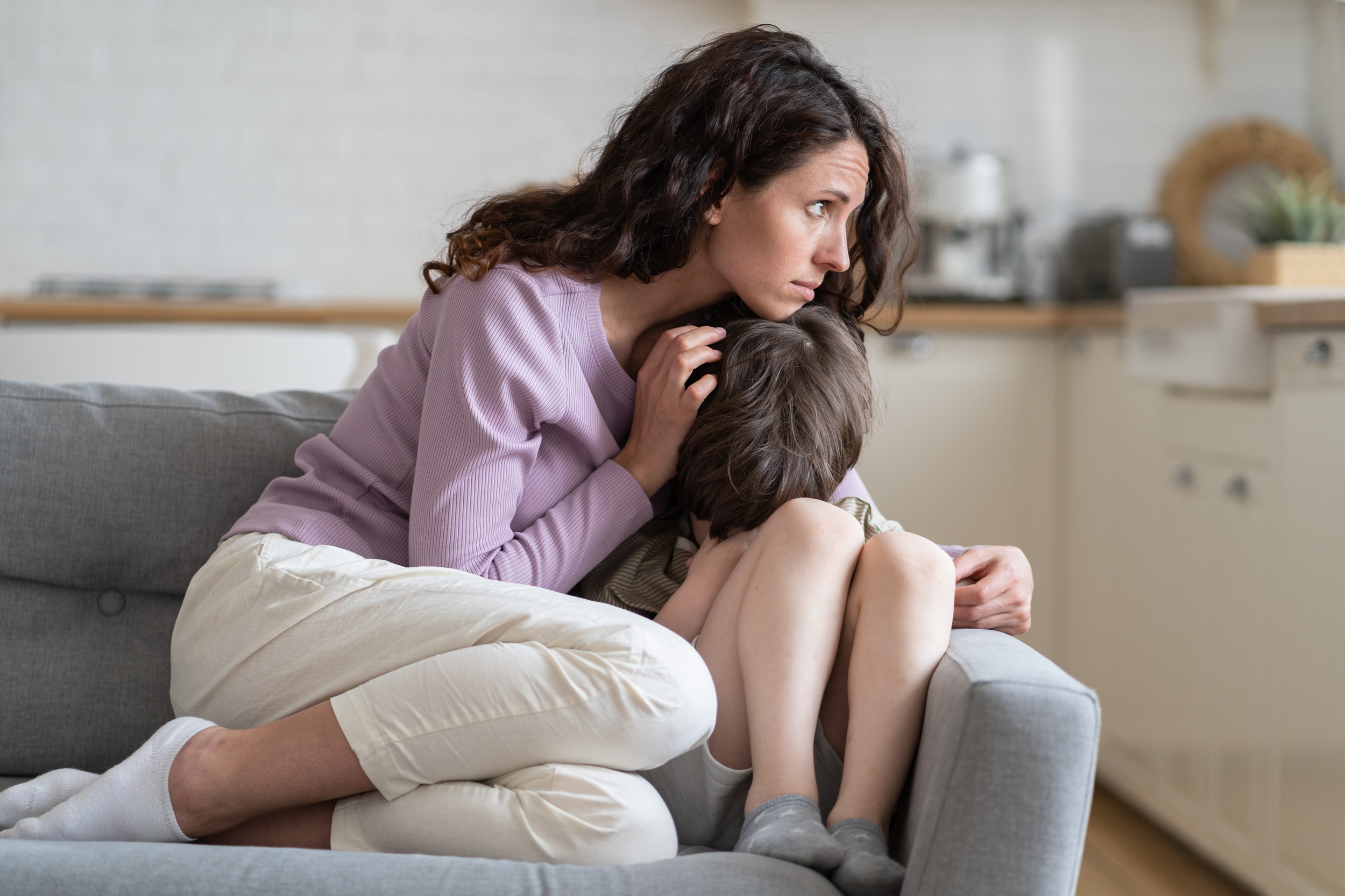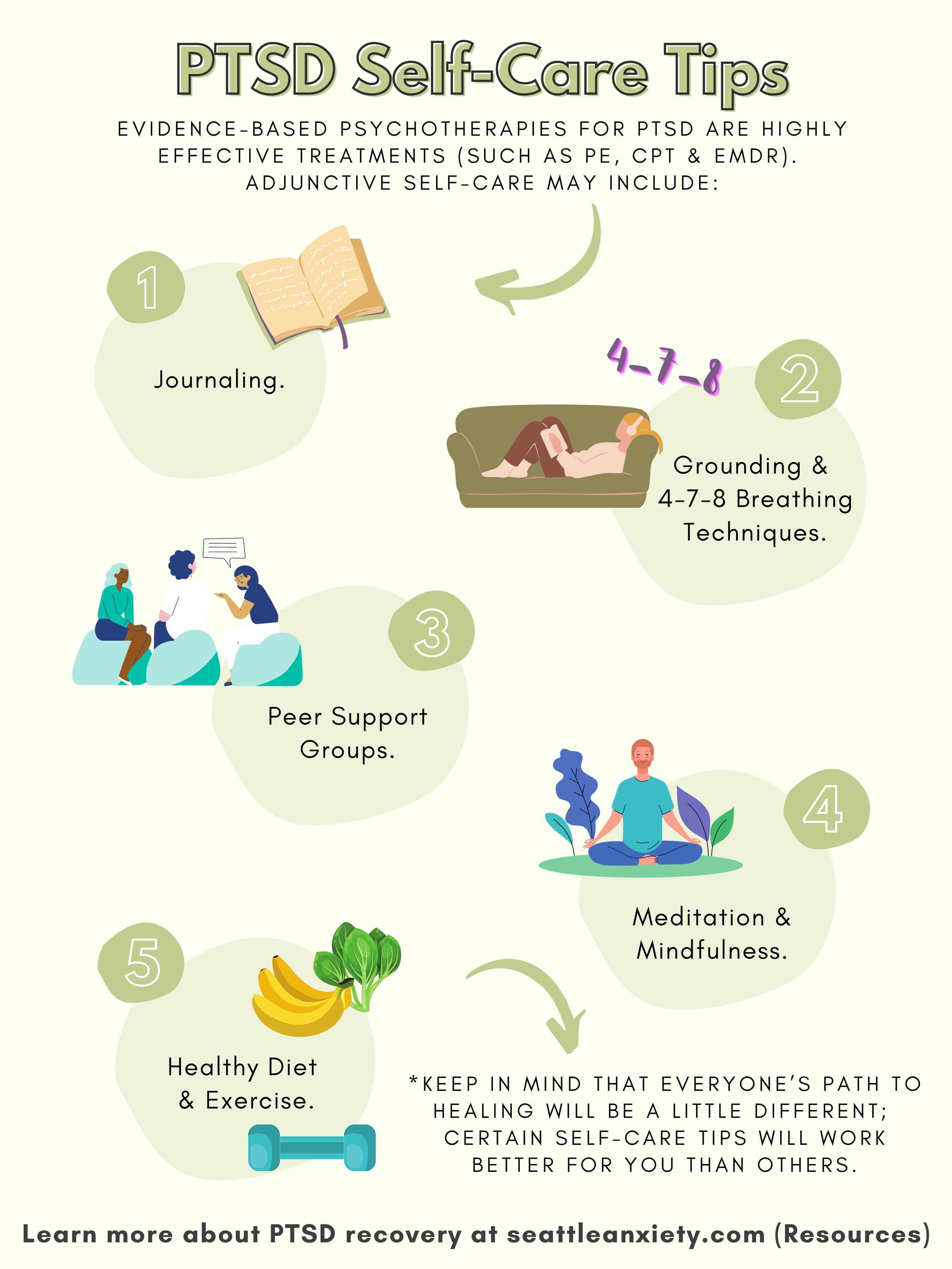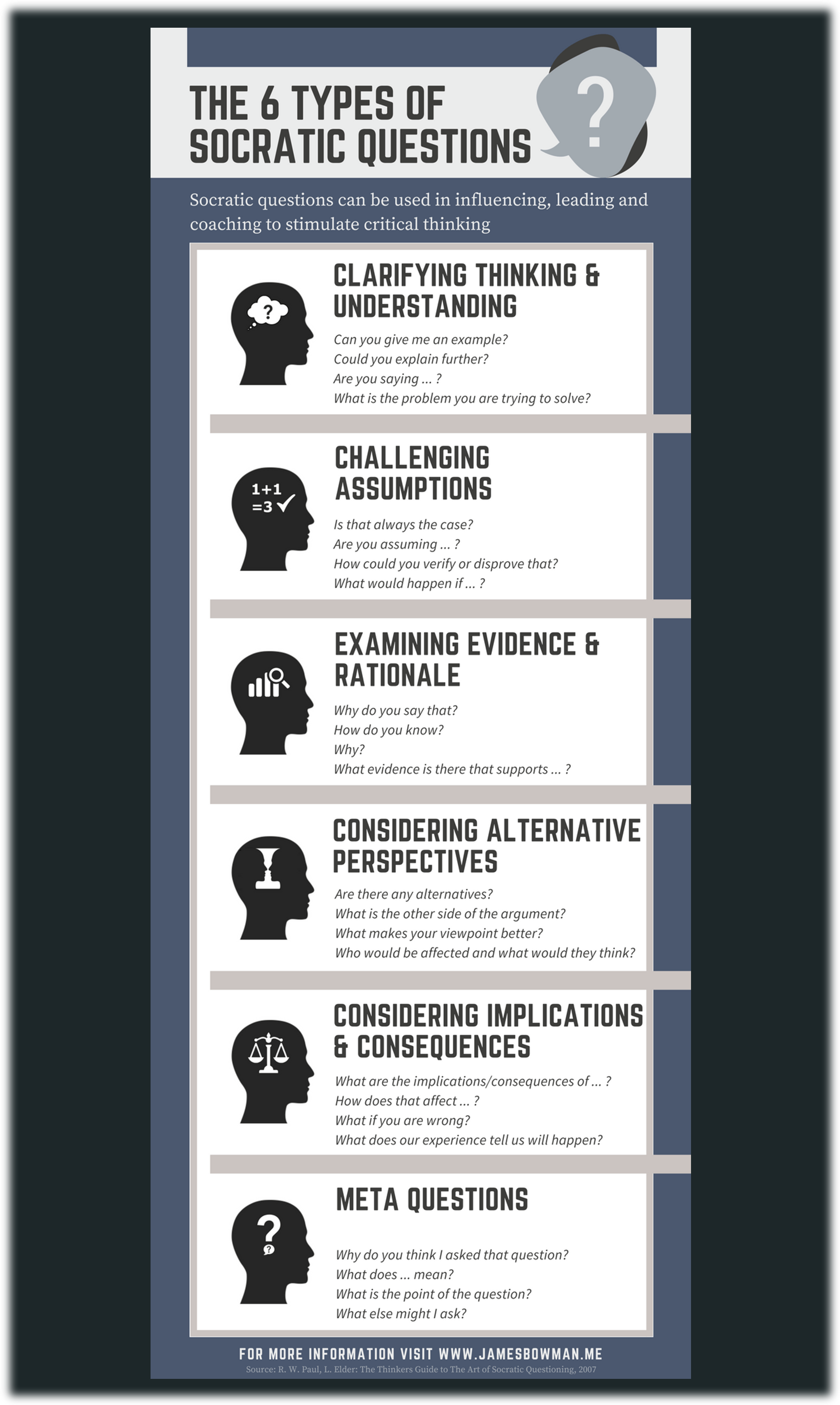Engaging in a Healthy Manner
Social media use has been found to be associated with higher levels of anxiety and depression. Currently, anxiety disorders are the most common form of mental illness in the United States, while depression is responsible for the heaviest burden of disability among mental and behavioral disorders.[1] As found by the Royal Society for Public Health and the Young Health Movement (2017), the pervasiveness of anxiety and depression in young people has increased by nearly 70% in the past 25 years.[2] It is important to investigate the interaction between social media and adolescents as adolescents are the most common users of social media with at least 92% of teenagers using it;[3] 70% of whom use it more than once a day.[4] In addition to the prevalence of social media among adolescents, this cohort is also one of the most vulnerable populations to external influences as adolescence is a period of personal and social identity formation. Further, adolescence is a time period where individuals are most vulnerable to the onset of mental illnesses, such as anxiety and depression. On the same note, the tenets of social comparison theory (which involves people’s tendencies to compare themselves to others in order to assess their own worthiness) is most common in adolescence and is therefore more important than ever to examine with the emergence of social media.[5]
MECHANISMS FOR ANXIETY
Two primary mechanisms are responsible for the way social media can worsen one’s anxiety.[6] First, social media activates the human body’s fight or flight limbic system with the alerting of new messages. The constant alert of new messages and updates on social media activates the human body’s fight or flight limbic system in a way that resembles being on alert for predators. This state of alertness causes stress and releases the stress hormone cortisol. The constant release of this hormone can lead to chronic stress, perpetuating anxiety. Second, social media often portrays what is known as a ‘highlight reel,’ depicting the most positive aspects of people’s lives, creating an unrealistic and unachievable perception of perfection.[7] This online environment of perfection creates stress and pressure for users to maintain and project a state of perfection at all times.
But how exactly does stress lead to anxiety? Over time, stress from social media usage and the subsequent continuous release of cortisol in the body causes damage to the gastrointestinal tract; the resulting immune-inflammatory response in one’s body and brain can lead to anxiety.[8]
ENGAGING IN A HEALTHY WAY
In terms of improving our mental health, the simple answer is to dictate social media usage cessation; however, the prevalence of social media in the current digital age hampers this likelihood. Additionally, social media does have positive attributes: it allows people to connect with their loved ones, maintain relationships, keep up to date with the news, learn the arts and other creative outlets, etc. Thus, it is important to know how to use social media in a healthy way. Woods and Scott (2016) and Meshi and Ellithorpe (2021) offer several techniques to actively engage in social media use while helping ensure it does not negatively impact one’s mental health.
Mindfulness: When scrolling through social media, pay attention to your thought patterns by incorporating mindfulness. If you start to realize you are feeling stressed or are being critical of yourself, take a break from it. Remind yourself that social media is an unrealistic portrayal of real life. Consider putting your phone down and meditating for a few minutes by focusing on your breath. This will allow you to become aware of when social media is becoming toxic and will prevent you from using it in an unhealthy way.
Sleep Quality: Sleep quality has been proven to be involved in the relationship between social media and mental illness.[9] Significant correlations exist between the use of social media at night before bed, poor sleep quality, along with anxiety and depression. The use of social media at night time can result in postponed bedtimes and subsequent poorer sleep, worsening mental health. To avoid the negative impacts of social media on sleep quality and mental health, avoid using social media at least an hour before bedtime.
Social Support: Real-life social support is associated with reduced depression, anxiety, and social isolation.[10] Conversely, online social support has not had consistent positive results on its effect on mental health. It is therefore imperative to spend time with real-life social supports when feeling down, as opposed to scrolling on your phone or computer. Further, this data demonstrates that social media use and interaction are not adequate substitutes for real-life social support, and may be, in fact, detrimental to one’s mental health.
For additional guidance on the management of social media usage, please reach out to a mental health professional or refer to here for more tips.
Q&A
Psychologist Larry Rosen, who specializes in the psychology of technology, further explains how social media relates to mental health
1. Which is worse? - The anxiety of not knowing what others are doing on social media, or the anxiety from actually knowing what others are doing on social media?
“Interesting question. I would definitely say the “not knowing” is worse because your brain ruminates about it, increasing as anxiety increases. When you ‘know’ your brain doesn’t have to ruminate unless it something that makes you anxious like not being invited to do something.”
2. Why are adolescents most vulnerable to the addiction of social media?
“The prefrontal cortex handles all of your decision making, working memory, attention etc. When we are born the neurons in the PFC are ‘raw’ and do not transmit very well. Slowly, over time, each neuron is coated with a myelin sheath which is like the rubber coating on wires so you don’t get shocked. That process isn’t complete until you reach your mid-20s or later. Teens are literally working with an incomplete brain.”
3. Why does social media cause or worsen anxiety? Specifically, what occurs in a person’s brain when they use social media?
“For many people, juggling several active social media accounts increases anxiety because you need to keep up with all of them. And much of social media is posting about exploits which makes one feel inferior or left out. This causes anxiety chemicals to flood into your brain.”
4. What is the best way to avoid anxiety from social media use?
“Tough question. The best strategy that I trust, is to train yourself to only check social media on a time schedule rather than on an anxiety-driven whim.”
5. If someone stopped using social media, how long would it typically take to adjust to the anxiety and the FOMO that results from no longer using social media?
“I’ve never seen a study, but it’s not easy. You can train your brain using a tech break where you set a timer for say 15 minutes and when it dings give yourself a minute on social media (timed or you’ll get sucked into the social media vortex) and keep doing 15-1-15 etc. until you feel comfortable doing it and then increase the break slowly up to 30 minutes or more.”
Contributed by: Preeti Kota
Editor: Jennifer (Ghahari) Smith, Ph.D.
Click here to access our interview about technology and Parkinson’s Disease with Dr. Larry Rosen.
references
1 Shensa, A., Sidani, J. E., Dew, M. A., Escobar-Viera, C. G., & Primack, B. A. (2018). Social media use and depression and anxiety symptoms: A cluster analysis. American Journal of Health Behavior, 42(2), 116–128. https://doi.org/10.5993/ajhb.42.2.11
2 Keles, B., McCrae, N., & Grealish, A. (2019). A systematic review: The influence of social media on depression, anxiety and psychological distress in adolescents. International Journal of Adolescence and Youth, 25(1), 79–93. https://doi.org/10.1080/02673843.2019.1590851
3 Ibid.
4 Sussex Publishers. (n.d.). It's not how much screen time. Psychology Today. Retrieved July 22, 2022, from https://www.psychologytoday.com/us/blog/rewired-the-psychology-technology/201812/it-s-not-how-much-screen-time
5 Keles (2019)
6 The impact of social media on society - Santa Clara University. (n.d.). Retrieved July 22, 2022, from https://scholarcommons.scu.edu/cgi/viewcontent.cgi?article=1002&context=engl_176
7 Ibid.
8 Ibid.
9 Woods, H.C. and Scott, H. (2016), #Sleepyteens: Social media use in adolescence is associated with poor sleep quality, anxiety, depression and low self-esteem. Journal of Adolescence, 51: 41-49. https://doi.org/10.1016/j.adolescence.2016.05.008
10 Meshi, D., & Ellithorpe, M. E. (2021). Problematic social media use and social support received in real-life versus on social media: Associations with depression, anxiety and social isolation. Addictive Behaviors, 119, 106949. https://doi.org/10.1016/j.addbeh.2021.106949









